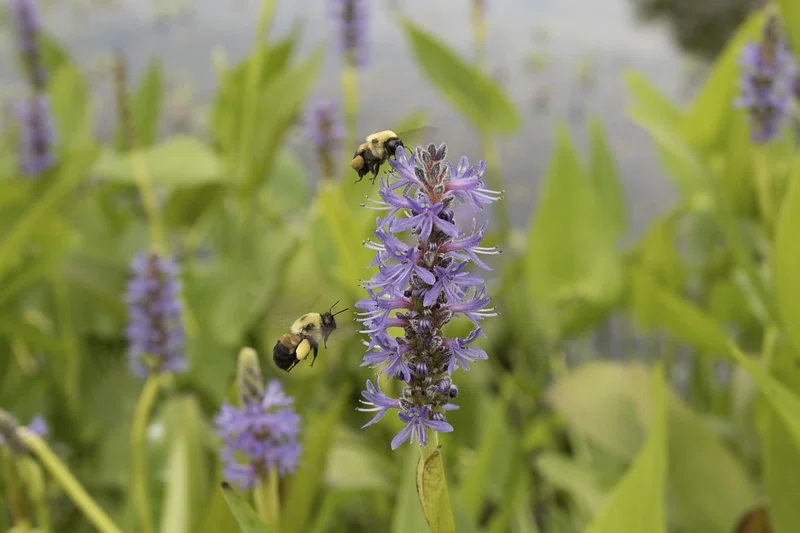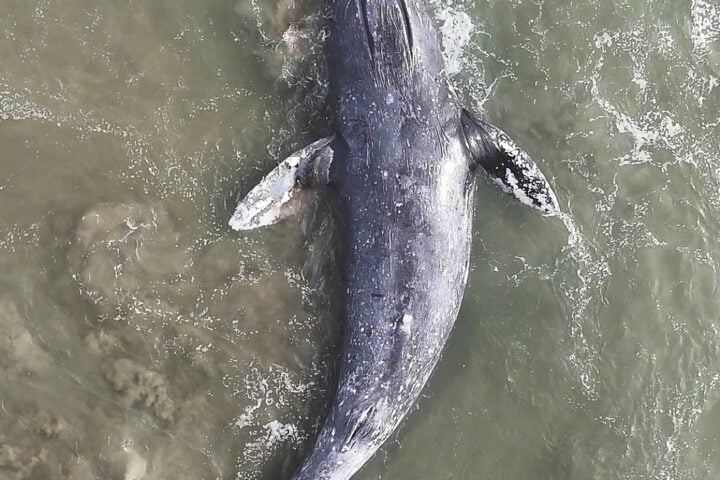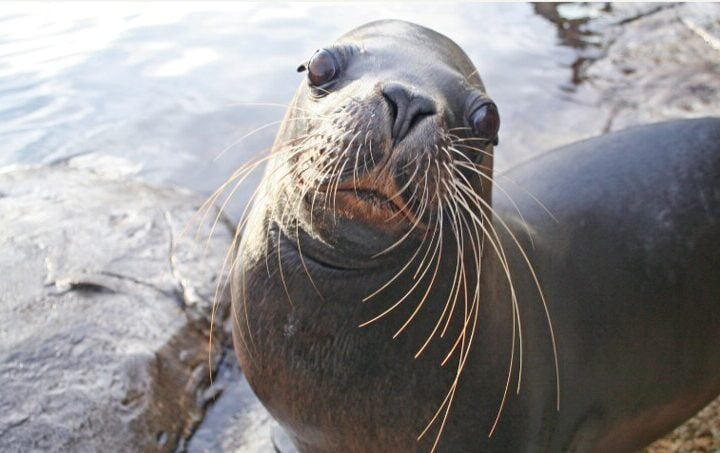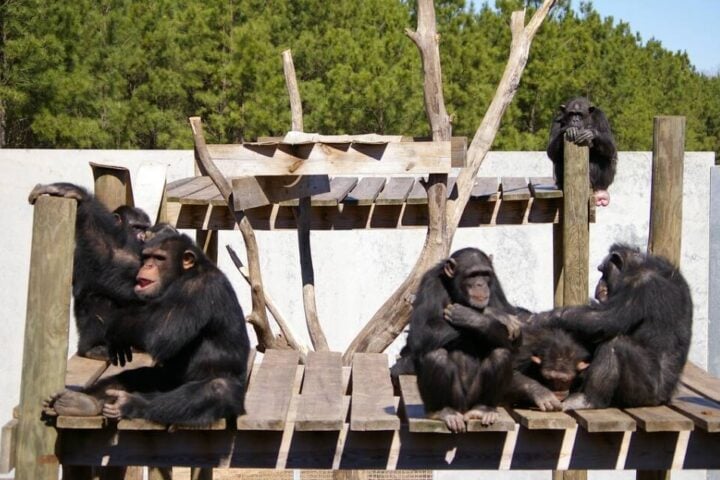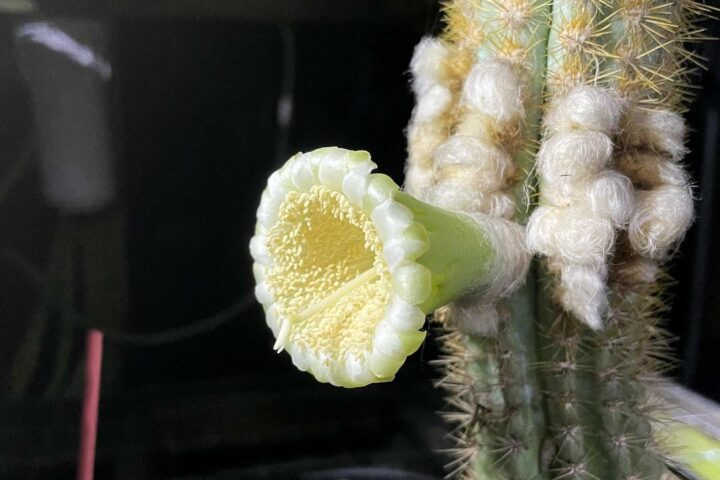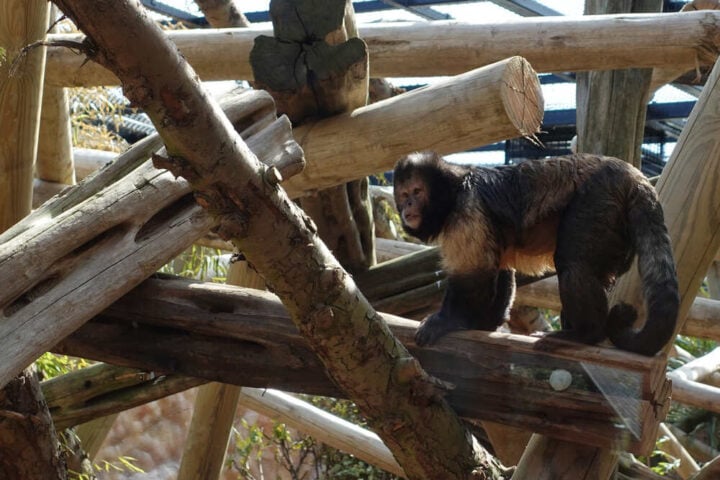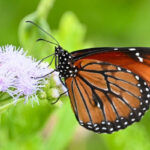The scientific community is ecstatic about a recent breakthrough in bee research that offers hope for the survival of the endangered rusty-patched bumblebee. In a collaborative effort, the U.S. Department of Agriculture (USDA), Agricultural Research Service (ARS), and the U.S. Fish and Wildlife Service (USFWS) have jointly unveiled a detailed genetic map of the rusty-patched bumblebee. This significant accomplishment is a key component of the expansive Beenome 100 project, led by ARS and the University of Illinois. The project aims to construct a comprehensive collection of highly detailed genome maps for more than 100 bee species indigenous to the United States.
The unveiling of the genome map for the rusty patched bumblebee holds great significance as it offers crucial insights into the genetic composition of this native pollinator, which has faced a significant decline in population over the past 20 years. By providing a comprehensive genetic repository, researchers are optimistic that this breakthrough will aid in addressing important inquiries about bees, such as identifying genetic variations that make certain bee species more susceptible to climate change or pesticides.
The decline of the rusty patched bumblebee can be attributed to multiple factors such as habitat loss, diminished nectar sources, climate change, pesticide exposure, and heightened pathogen prevalence. This understanding will facilitate the development of conservation and restoration strategies, including initiatives like captive breeding programs, to safeguard and revive the populations of the rusty patched bumblebee.
The genome sequencing of the rusty patched bumblebee yielded an unexpected result, an extensive presence of the fungal pathogen Varimorpha bombi was detected, which is known to have detrimental effects on this bumblebee species. The genome map provided evidence of a substantial amount of genetic material linked to Varimorpha bombi, indicating the widespread occurrence of this pathogen within samples of bee tissue. The accessibility of a precise genome map presents exciting prospects for both research and conservation endeavors.
Similar Post
It enables scientists to gain deeper insights into the genetic foundations of bumblebee behavior, physiology, and their ability to adapt to evolving environmental circumstances. By identifying the genes that contribute to thriving in specific local conditions, researchers can devise focused strategies to enhance populations and revive the rusty-patched bumblebee in regions where it has experienced a decline. The decline in bee populations, such as the rusty patched bumblebee, is a matter of great concern due to their crucial role as essential pollinators.
Their significance lies in facilitating the reproduction of numerous plants, including fruits and vegetables that form a substantial portion of our diets. Beyond that, bees contribute to biodiversity, promote ecosystem health, support the global economy through their pollination services, produce honey with medicinal properties, and hold scientific value in various fields of research.
Bees are integral to intricate and interconnected ecosystems that provide food and habitat for a diverse range of species, including humans, thereby influencing the food chains and habitats of numerous other organisms. The unveiling of the genome map for the rusty patched bumblebee marks a momentous advancement in comprehending and tackling the obstacles confronting these extraordinary creatures. Through ongoing research and dedicated conservation endeavors, there is optimism for a more promising outlook for not only the rusty-patched bumblebee but also other bee species.
